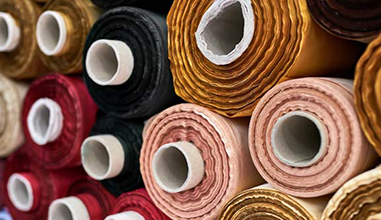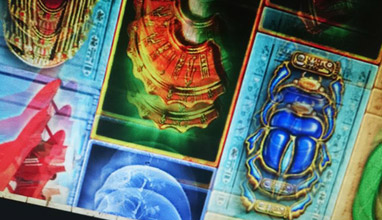Cartier Style and History
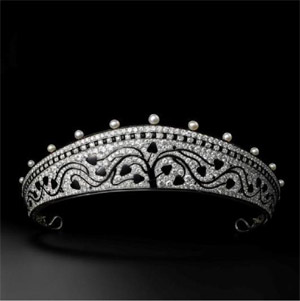 The fame of the name and the dazzle of the diamonds have perhaps overshadowed the complex,
many-faceted history of the great jewellery house, yet Cartier has played a prominent role in the history
of the decorative arts. Cartier designs, from classic pieces worthy of the “kings’ jeweller” to radical Art
Nouveau creations, both geometrical and exotic, are an intriguing testimony to the changes in taste and
social codes. Cartier seduced the most elegant personalities of the 20th century with jewellery, clocks
and watches, and refined yet practical objects.
The fame of the name and the dazzle of the diamonds have perhaps overshadowed the complex,
many-faceted history of the great jewellery house, yet Cartier has played a prominent role in the history
of the decorative arts. Cartier designs, from classic pieces worthy of the “kings’ jeweller” to radical Art
Nouveau creations, both geometrical and exotic, are an intriguing testimony to the changes in taste and
social codes. Cartier seduced the most elegant personalities of the 20th century with jewellery, clocks
and watches, and refined yet practical objects.
Cartier. Style and History has been designed as an art history exhibition. As works of art in their own right, the jeweller’s creations are shown in the context of changing usages and styles. The history of the house of Cartier from its foundation in 1847 until the 1970s is an opportunity to open the door to a laboratory of forms and enter into the workings of a sophisticated company which creates jewellery and accessories for their intrinsic beauty as well as for their social function.
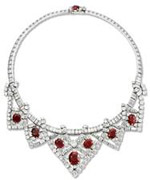
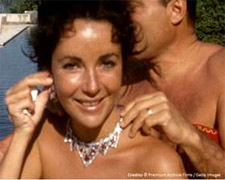
Some 600 pieces of jewellery, objects, watches and clocks are teamed up with dresses, coats and accessories, furniture, paintings, advertising photographs, engravings and fashion magazines to give visitors an idea of the art and taste of the time. By looking at the sources of each step in the house’s history, the exhibition aims to put Cartier’s stylistic choices into perspective. Over 200 preparatory drawings, numerous archival documents (stock registers, book of ideas, drawings relating to the shop in the rue de la Paix, photographs, plaster casts...) take visitors behind the scenes.

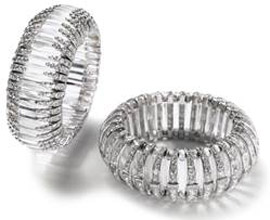
This exhibition, the most important ever devoted to Cartier, neglects none of the activities that built its reputation, presenting all types of objects from ceremonial jewellery to the most personal pieces: vanity cases, cigarette cases and wrist watches, three emblems of modernity. Star pieces from Cartier’s history are on show, starting with a series of sumptuous diadems, illustrating the virtuosity of the craftsmen and the ambitions of a certain clientele. Underlining the importance of watch making in Cartier’s identity, the exhibition also presents an unprecedented number of mysterious clocks, a spectacular ensemble of fifteen pieces, each one a masterpiece of refinement and craftsmanship.
The pieces on display come mainly from the Cartier collection, supplemented by fifty loans from public institutions (Musée des Arts décoratifs, Musée Galliera, Bibliothèque nationale de France –Bibliothèque-musée de l’Opéra, Bibliothèque des Arts décoratifs...) or private collections. A prestigious ensemble of about twenty pieces, some official and others more personal, from the Prince of Monaco’s collection reveal Princess Grace’s elegant taste. Visitors will also get a glimpse of the extraordinary Marjorie Merriweather Post, the heiress of a huge cereal empire, a great collector of Russian and French art and the most assiduous customer of Cartier New York, thanks to the most exceptional support of the Hillwood Foundation installed in her last abode in Washington. The exhibition presents several emblematic figures in Cartier’s history: important customers, actresses or heiresses (Barbara Hutton, Marlene Dietrich, Liz Taylor, Maria Félix...), maharajahs from the Indies – just a dream at the time but now not so far away – or trendsetters from various periods who left their mark on history (Daisy Fellowes, Mona Bismarck, the Duchess of Windsor...).
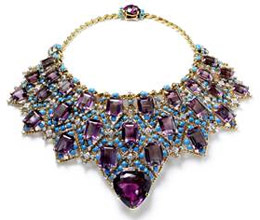
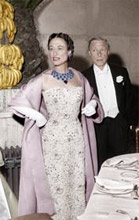
The first exhibition to be held in the newly restored grand reception room, Cartier, Style and History is ideally suited to this grandiose space and beautifully served by a poetic design. Rather than evoking a jeweller’s shop, the exhibition unfolds like a story, creating a different atmosphere for each section, achieving its twofold aim of letting the magic of the objects speak for itself while giving visitor the keys to understanding this eventful tale.
Photos:
1. Cartier jewelry
2-3. In 1957, Elizabeth Taylor discovers the Cartier set of ruby-and-diamond jewels given to her by her husband, Mike Todd, in Saint-Jean-Cap-Ferrat.
4-5. Gloria Swanson and her diamond bracelets from 1930, which she has worn in Perfect Understanding (1932) and Sunset Boulevard (1950).
6-7. The Duchess of Windsor, wearing her amethyst, turquoise and diamond necklace created by Cartier in 1947.
Hits: 8444 | Leave a comment





